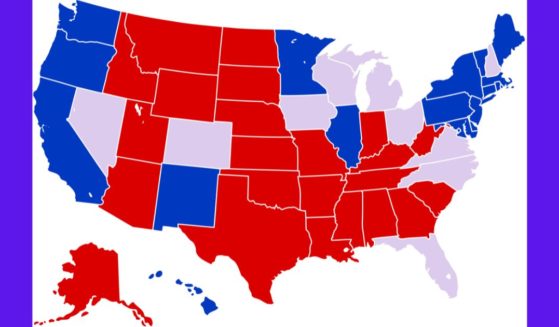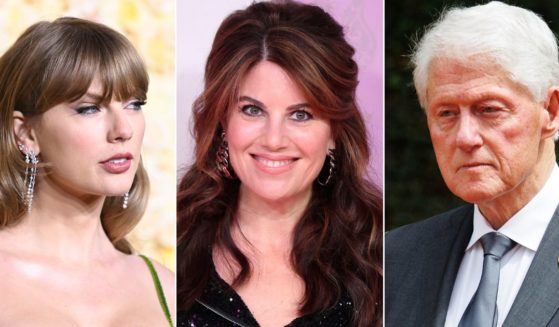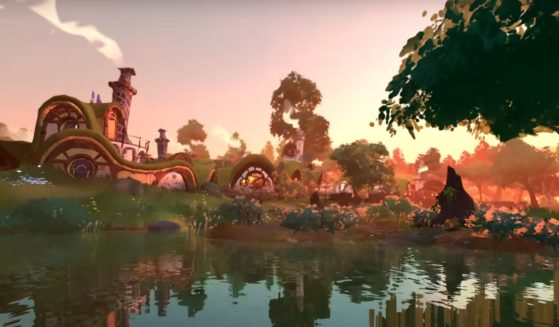Tea Party Will Advance Trump’s New Year’s Health Care Goals
During the forward-looking New Year’s political talks, there’s been a lot of chatter about the rise and “fall” of the Tea Party from the start to the end of the 2010s.
I’ve been here from the very beginning.
In February 2009, I heard Rick Santelli’s rant on CNBC. I organized the very first Tea Party in Nashville, which boasted about 600 people. My group, Tea Party Nation, then arranged the very first National Tea Party Convention, held in February 2010.
Yes, the movement was strong during the start of the decade, but to say it no longer has juice is simply disingenuous.
Skeptics don’t even have to turn the calendar back two weeks to see how the Tea Party movement singlehandedly prevented Obamacare 2.0 from passing through Congress. Trump has rightfully been trying to pass legislation in Congress to reduce the cost of health care and drugs. But responding to health insurance lobbyists, Democrats and RINO Republicans have been promoting what they have been calling the Lower Health Care Costs Act – a bill that Charlie Kirk, Donald Trump Jr., and others refer to as “RINO Care.”
The bill would impose price controls as a means of addressing the problem of surprise medical billing – when emergency responders, like ambulances, take patients to the nearest hospital or clinic for emergency health care that is out of network under the health insurance of the patient. The insurance can then refuse to pay for the care, leaving the patient to pay for often thousands of dollars of uninsured medical bills.
It’s an issue that needs to be resolved, but the LHCC would address it through more Obamacare-esque price controls. To allow insurers to evade their responsibilities, it would cap all out-of-network charges at median in-network rates. Price controls always cause shortages, and shortages are not what we want in health care. They would drive the best doctors and hospitals that Americans want out of health care markets. The “if you like your doctor, you can keep your doctor” promises of the past will become even more laughable, as problematic effects of Obamacare extend even further.
For a while, it appeared likely that the LHCC would make its way into Congress’ year-end package, but then the Tea Party stepped in. Grassroots Tea Party conservative organizations, including Tea Party Nation, FreedomWorks, Club for Growth, Heritage Action and Americans for Tax Reform, unified in opposition to the LHCC and its big-government solutions.
Fifteen free-market organizations turned up the heat on Congress. Their advocacy efforts included writing a letter to congressional leadership, which called out the “rushed efforts to patch together a surprise billing framework at the last possible moment” and said that “there is time for Congress to address this issue when lawmakers return in 2020, in ways that do not allow government regulators to play a role in setting the price of health care.”
And just like that, the votes weren’t there. The Tea Party killed the life out of this effort with the flick of a few fingers.
In the new year, it is likely that these fiscally conservative groups will succeed in implementing the market-oriented solution to the surprise billing problem. The resolution, supported by Republicans and Democrats alike, is called Independent Dispute Resolution – arbitration between the hospitals, doctors and insurance companies. This approach has already worked effectively to solve the problem in several liberal and conservative states without causing any of the rampant unintended consequences that come from price controls.
So no, the Tea Party isn’t dead – it’s very much alive, and it still has an impact in every Washington, D.C., public policy debate.
Yes, bad bills still advance in Washington, and good bills sometimes get thrown to the wolves. Not long ago, Congress failed to pass Obamacare reform legislation, and elected representatives still increase spending and regulations on an annual basis.
But the Tea Party never pretended to be the magic elixir to all of D.C.’s problems. It is a coalition that gives voice to the hundreds of thousands of fiscal conservatives across the country that, 10 years ago, felt completely ignored by the day’s decisionmakers. Its success stories – from stopping this Obamacare 2.0 legislation to sequestration and everything in between – is pretty impressive.
These victories for fiscal conservatism were hard to come by before the movement started by Rick Santelli began.
Mainstream media pundits can pretend it has waned all they want, but the Tea Party movement is here to stay in the 2020s and beyond, and it will continue to get bigger and better than ever before.
The views expressed in this opinion article are those of their author and are not necessarily either shared or endorsed by the owners of this website. If you are interested in contributing an Op-Ed to The Western Journal, you can learn about our submission guidelines and process here.
Truth and Accuracy
We are committed to truth and accuracy in all of our journalism. Read our editorial standards.












